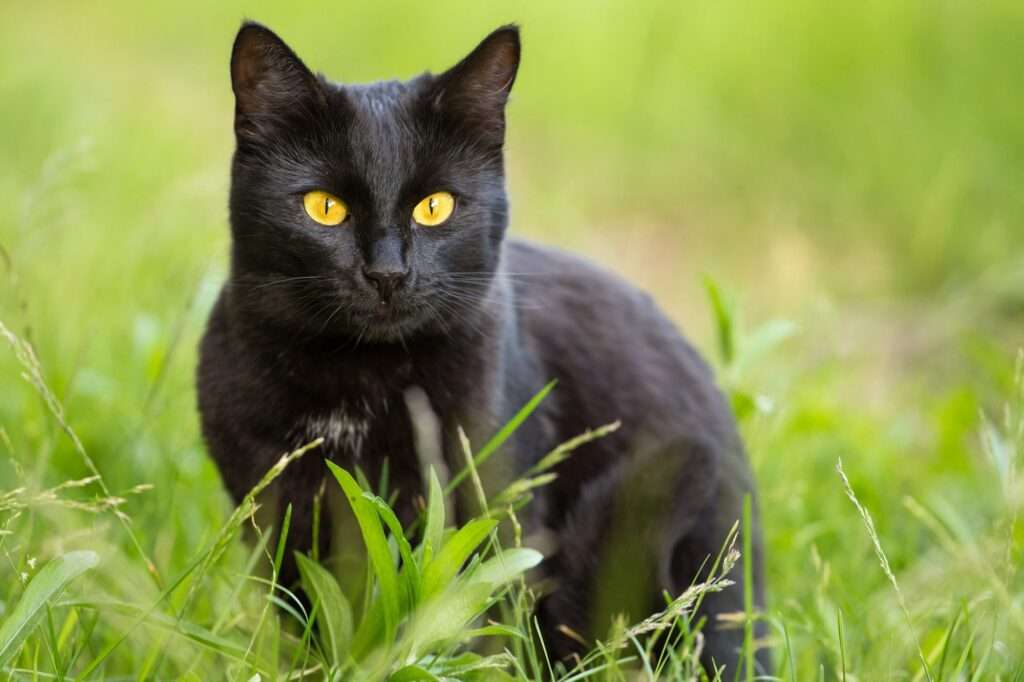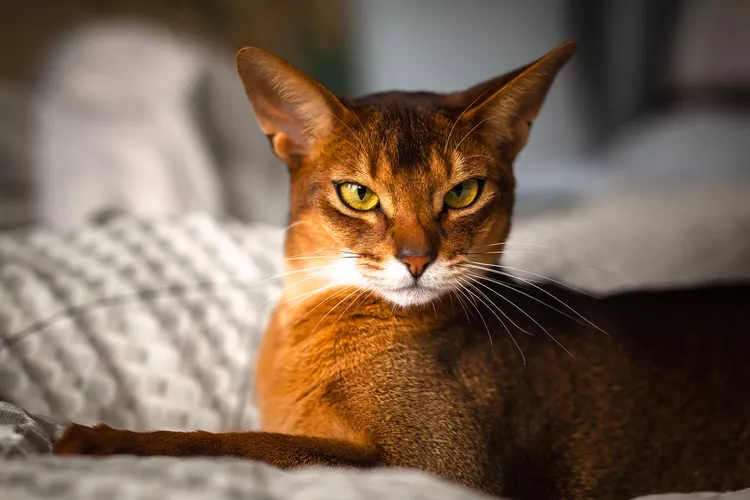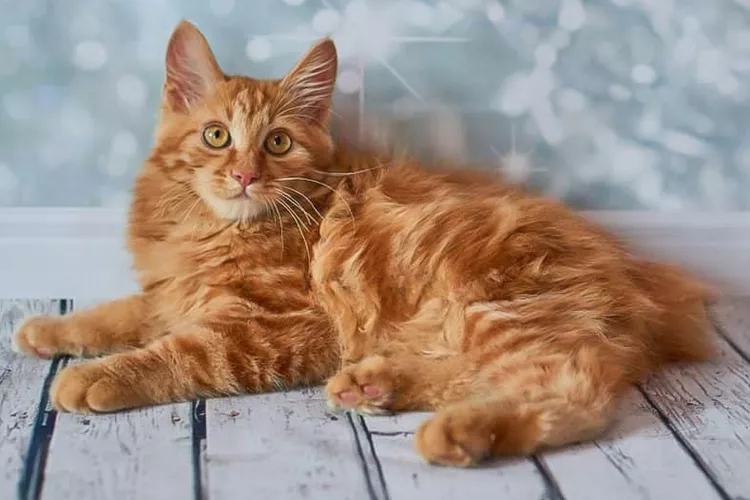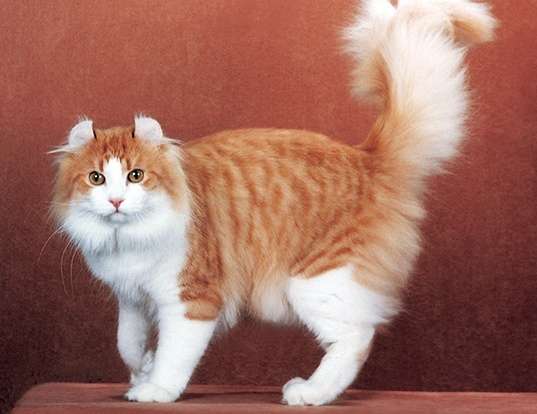
Description
Size: 8-15 lbs.
The Bombay is a domestic cat with short fur that is related to the Burmese. Bombay cats are distinguished by their all-black coat, black lips, black soles, and copper or green eyes. The Bombay has a sturdy medium-sized frame. They typically have a medium-length body, a rounded head with medium-sized, wide-set ears, a noticeable medium nose stop, and big, round big eyes.
Bombay has a short, shiny coat. The coat has a rich black gloss that resembles patent leather when it is in good condition.
Behavior
Activity Level: Moderate
Social needs: Enjoy company of other pets, like being around their owners
Bombay is energetic and loving, and it can fit into a wide range of environments and lifestyles. His peaceful demeanor makes him a decent apartment dweller, and he is adaptable to living with other cats, despite his strong desire to be the top cat.
Bombay cats are closely attached to their families and prefer to adore the complete family rather than a single member. They are said to be especially good with well-behaved children. Bombay cats are known for their curiosity and intelligence, and they like following their human partners about the house. They like keeping a watch on every move and assisting with every task.
Origin/History
Nikki Horner, a breeder from Louisville, Kentucky, attempted to develop a cat breed that resembled a small black panther beginning in 1958. She eventually succeeded in creating the breed. The first effort failed, but the second attempt, in 1965, was a success. The Cat Fanciers’ Association and The International Cat Association both recognized and registered the breed formally in 1970 and 1979, respectively.
Care as a Pet

Exercise
The curious and active Bombay cat. Bombay kittens are extremely active and seem to have boundless energy, but as they get older, they become more relaxed and are content to cuddle up on your lap after a short period of play and exploration.
Being intelligent, Bombay cats enjoy puzzle toys that encourage them to physically manipulate objects in order to obtain treats or food. Bombay cats are often easy to train and occasionally exhibit dog-like behavior. Some people are at ease using a leash and harness when walking and love playing fetch.
All cats naturally scratch, which is beneficial for their physical and mental health. However, you should teach your cat where not to scratch (i.e., the couch).
Provide your Bombay with both horizontal (cardboard or sisal scratchers that lie on the floor) and vertical (scratching poles or cat trees) surfaces that are suitable for scratching.
Nutrition and Diet
All cats are at risk for obesity. The Bombay is susceptible to weight gain because of its stocky form. Maintaining a healthy weight helps avoid weight-related conditions like diabetes, arthritis, and heart disease, which affect the Bombay more frequently than other breeds.
Free feeding, which is when food is left out unattended, can result in excessive eating and weight gain. Instead, give adult cats measured portions of food twice daily (kittens should have three to four smaller meals throughout the day). Consult your breeder or veterinarian for advice on the best food to feed your Bombay.
Grooming needs:
The Bombay’s short, sleek coat requires only just a few strokes of the hand or, at most, a weekly brushing or microfiber rubdown to quickly remove hairs.
Table





